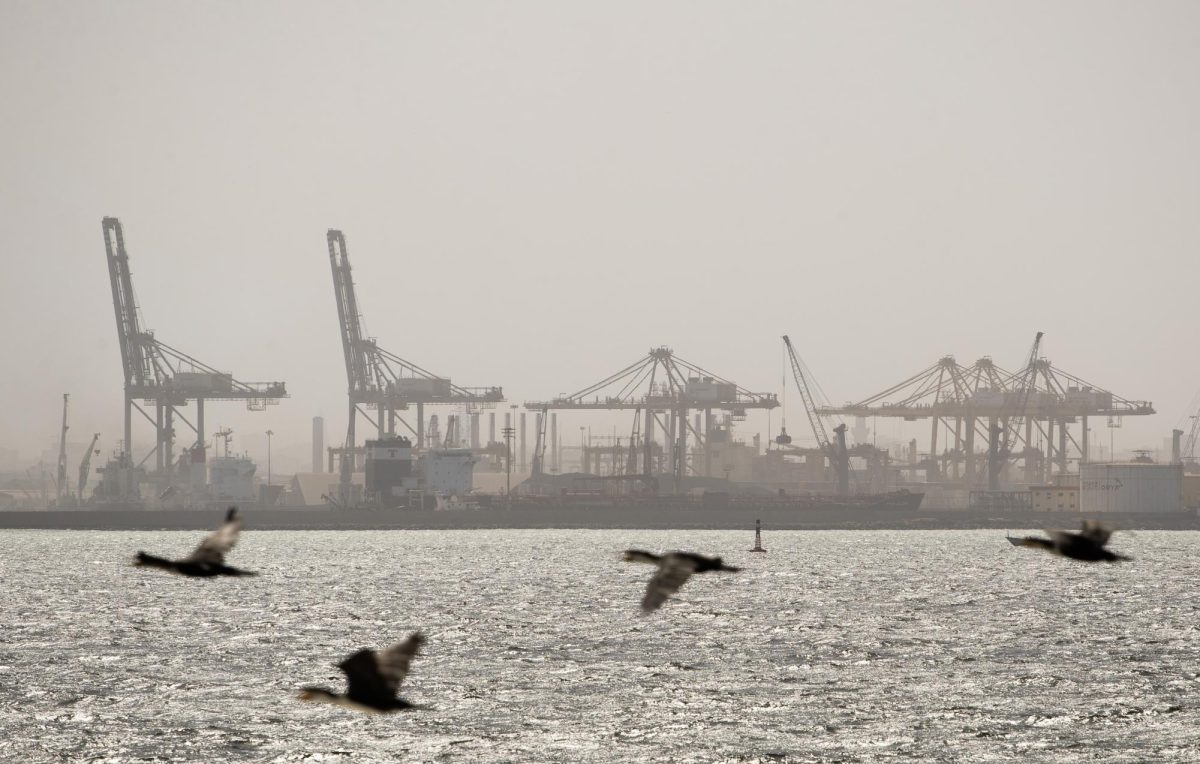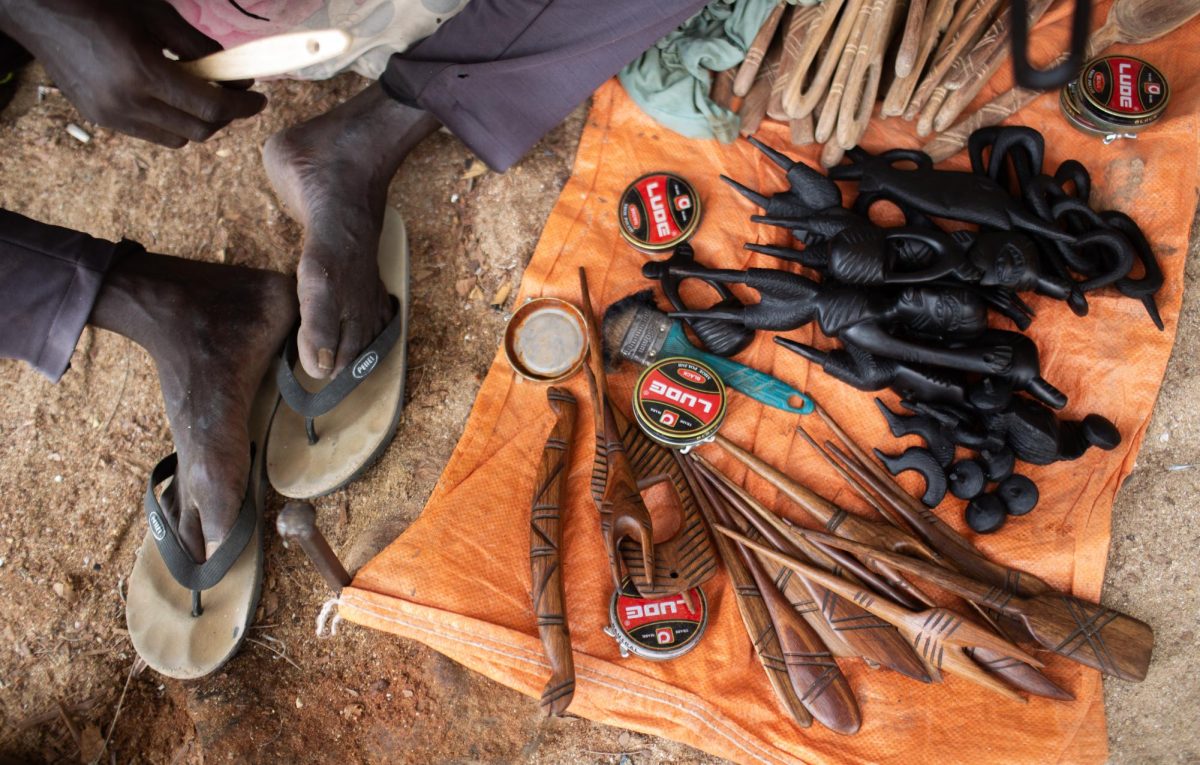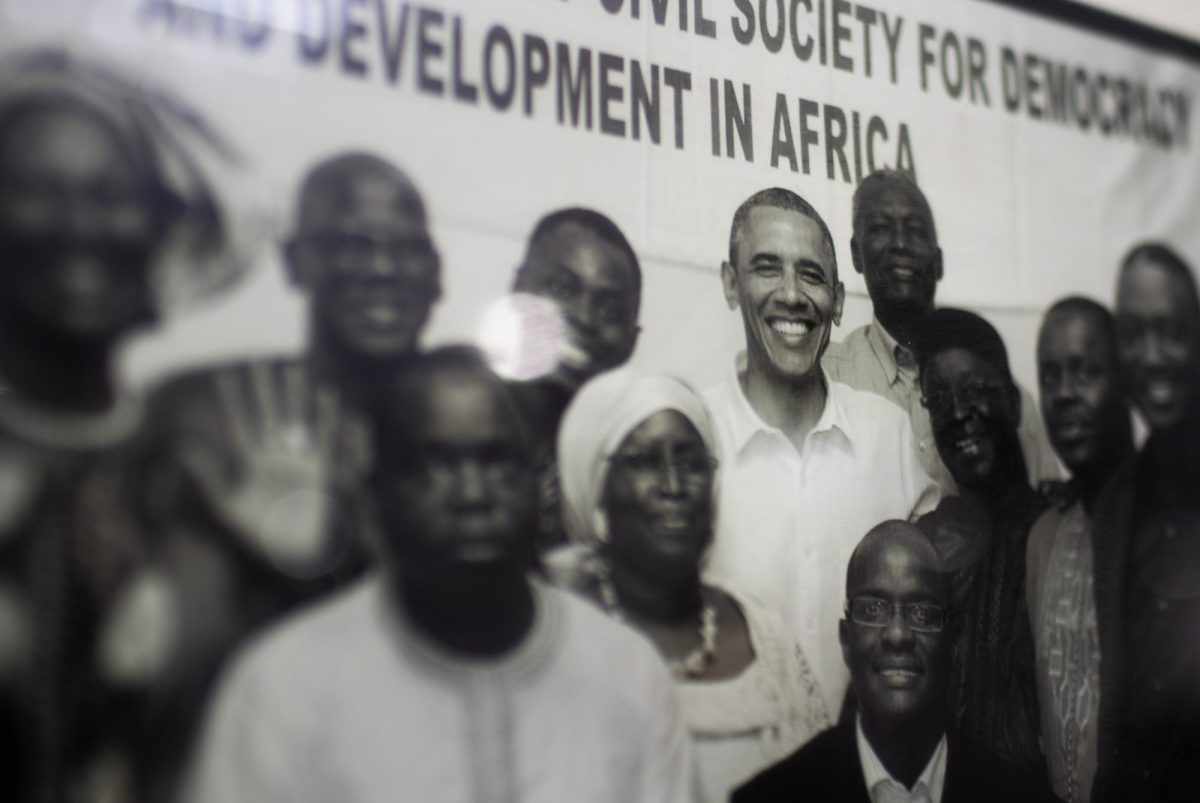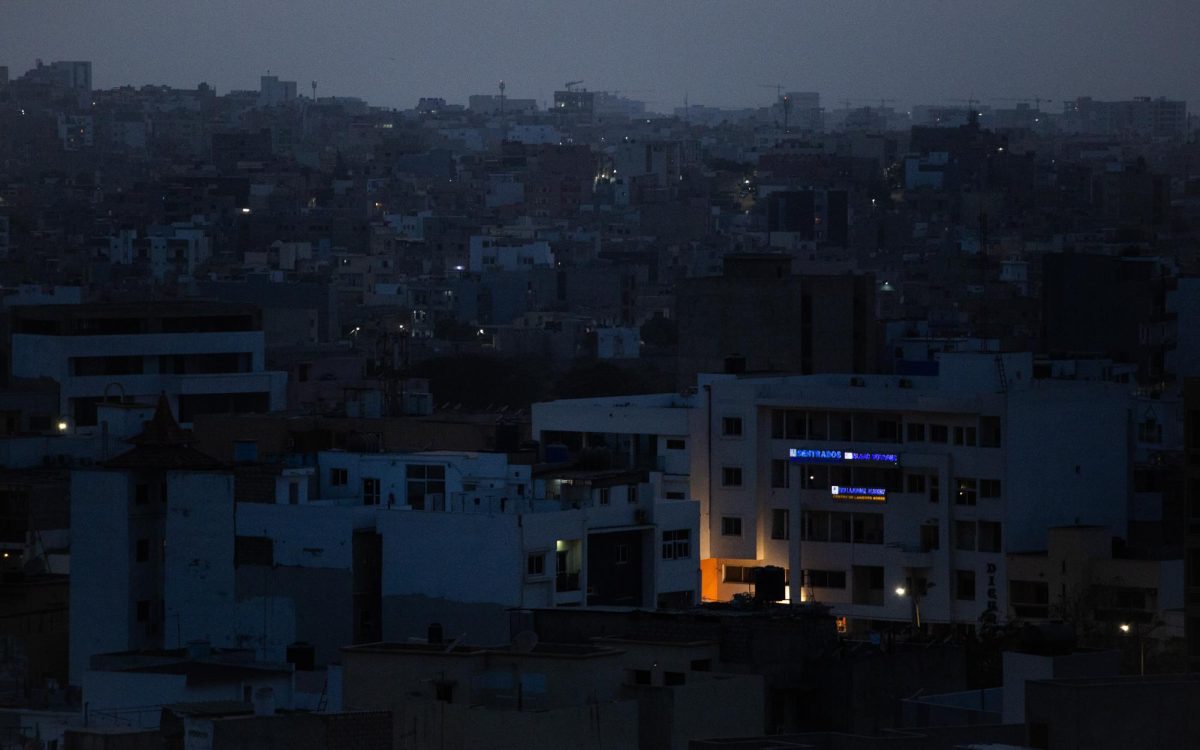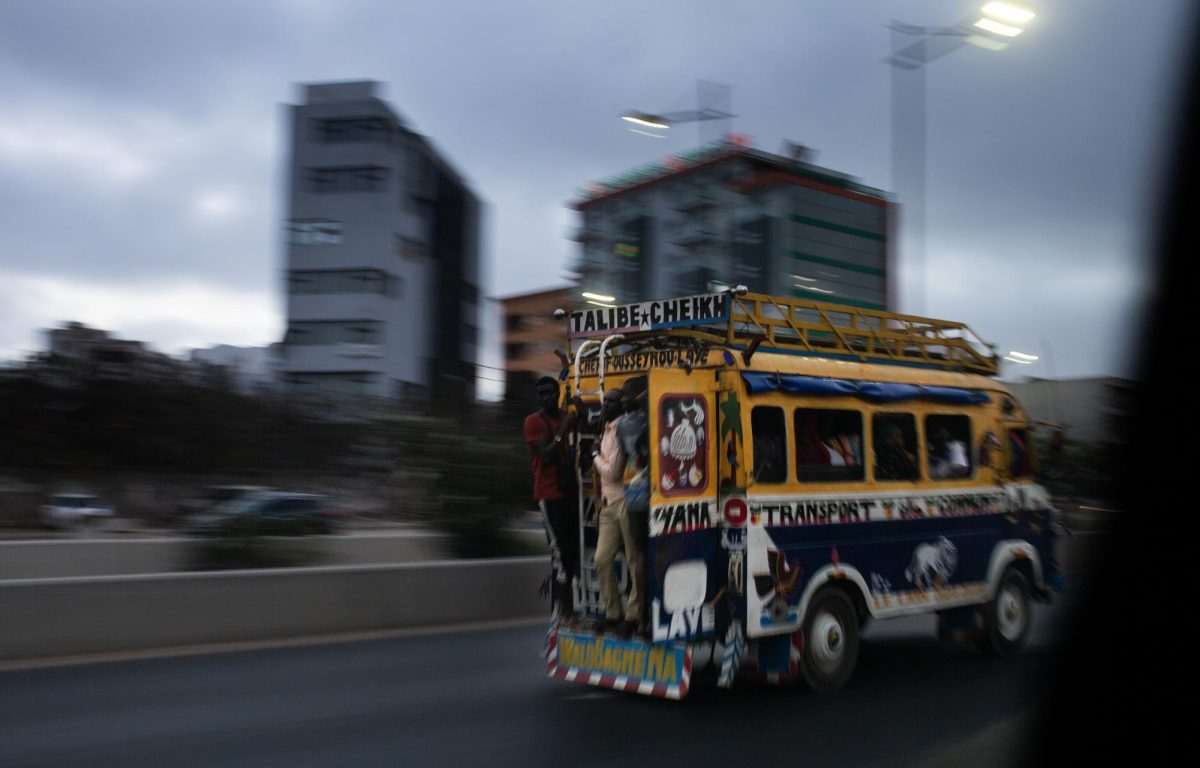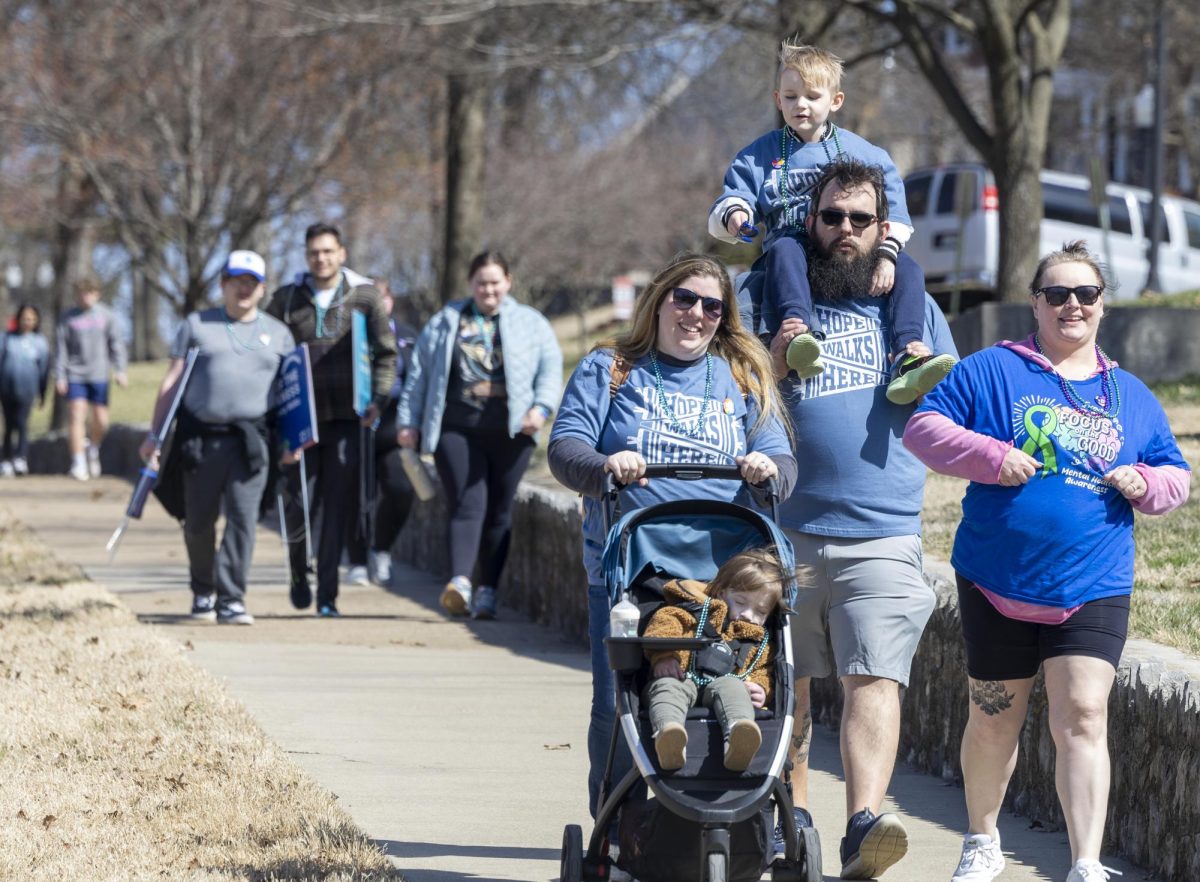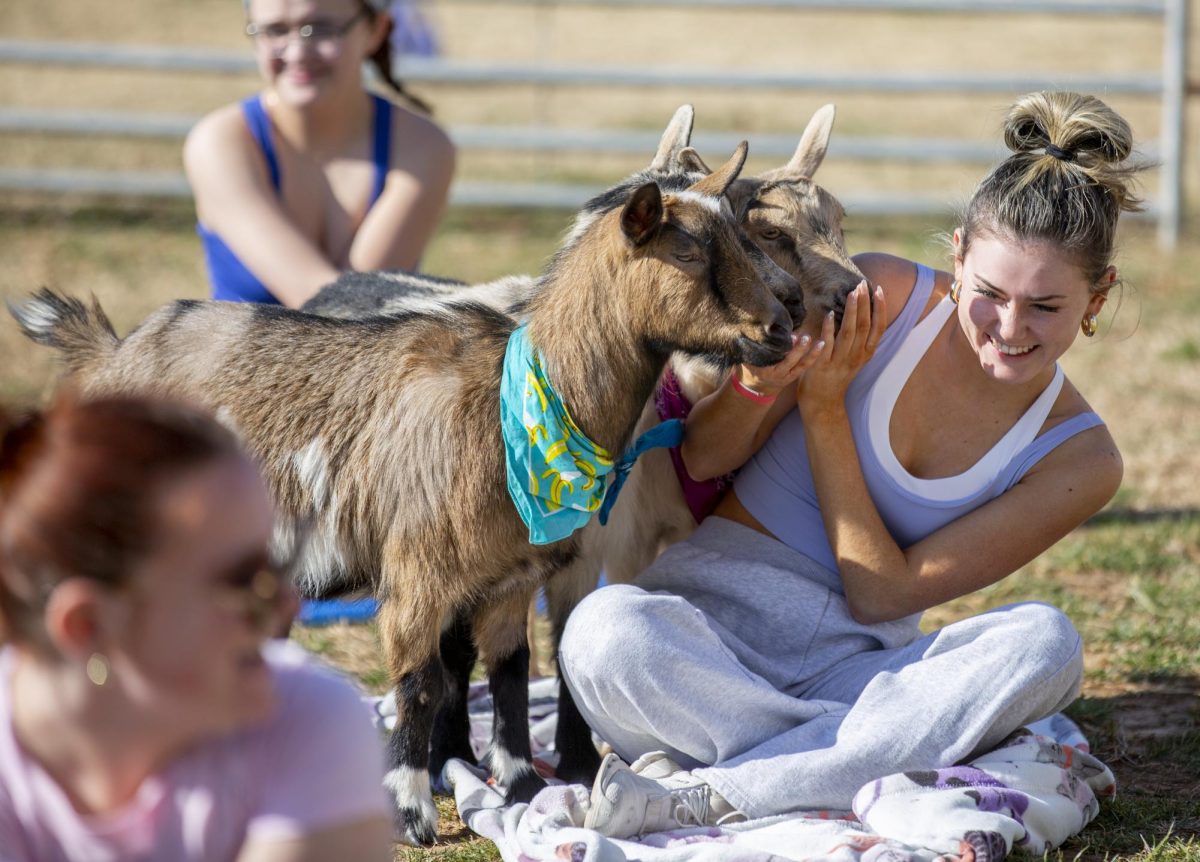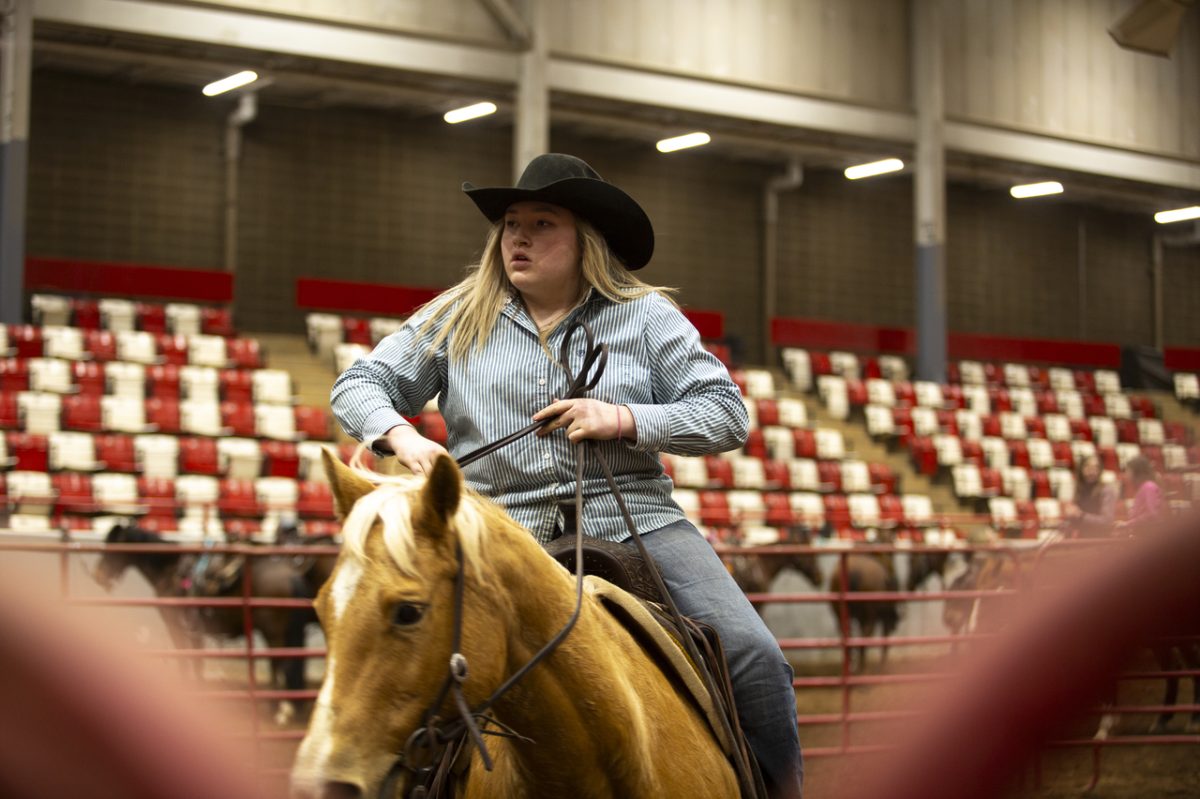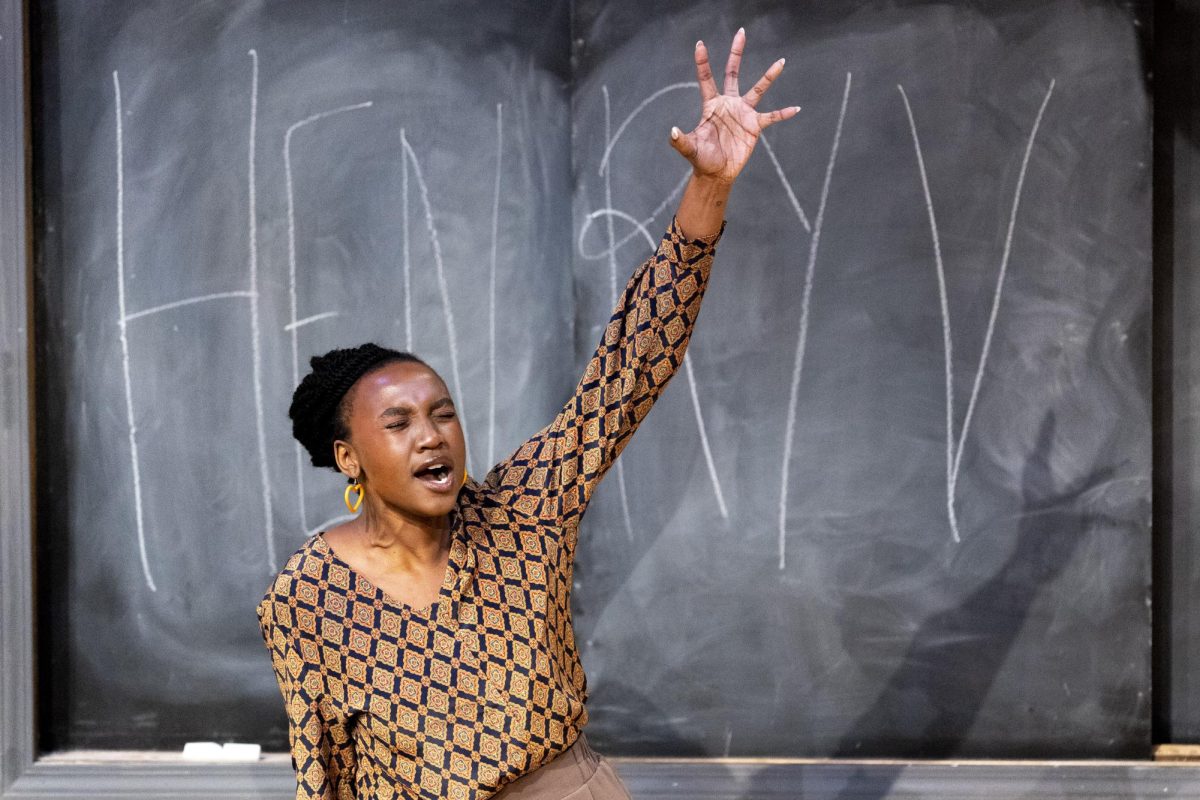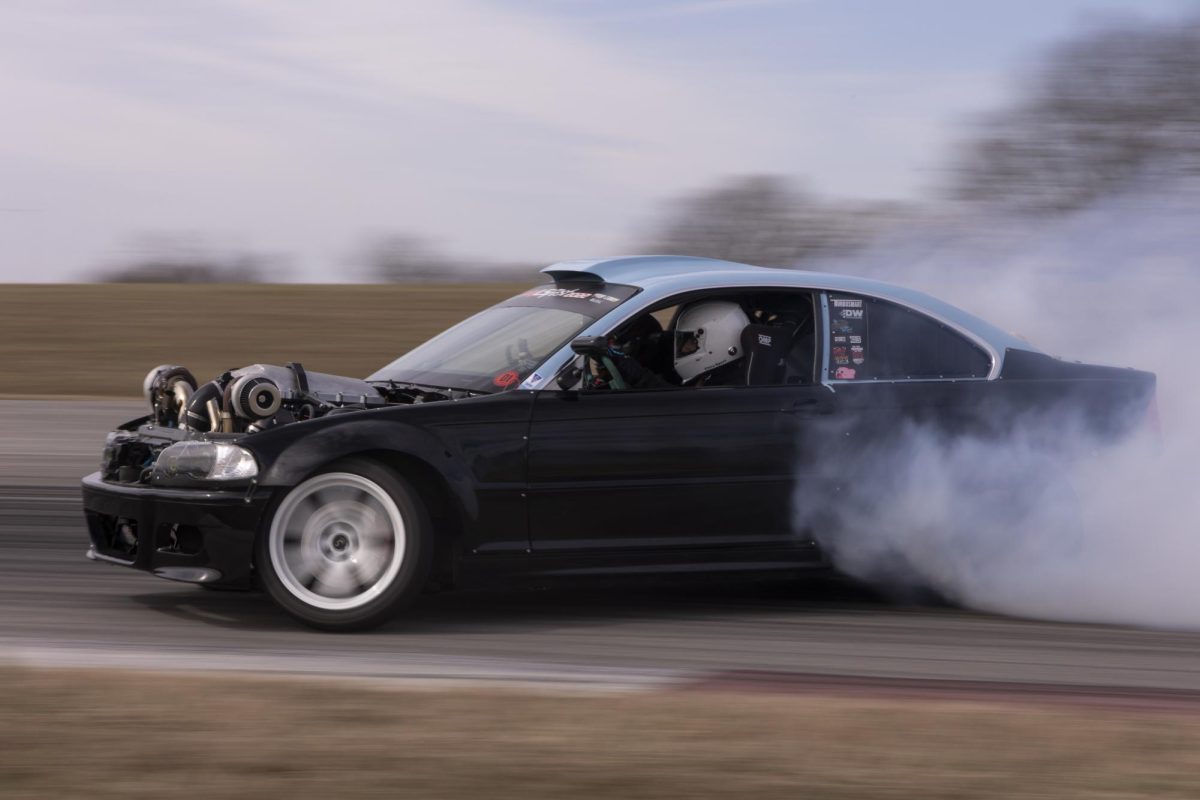SENEGAL, WEST AFRICA MAY 13-29, 2024.
“A bridge between Islam and the West” – The westernmost African nation of Senegal divides its identity between traditional African culture, eastern Islamic influence and French colonial past.
Situated in coastal sub-Saharan Africa, the capital city of Dakar sits on a densely populated peninsula surrounded by the Atlantic, the farthest-reaching point of Africa and Eurasia.
Asphalt highways lead to dust-covered roundabouts into rocky-dirt streets weaving through multi-story cinderblock apartment buildings. Colorful painted buses known as “bush-taxis” carry people bumper to bumper with motorbikes, dump trucks and hand-painted yellow cabs.
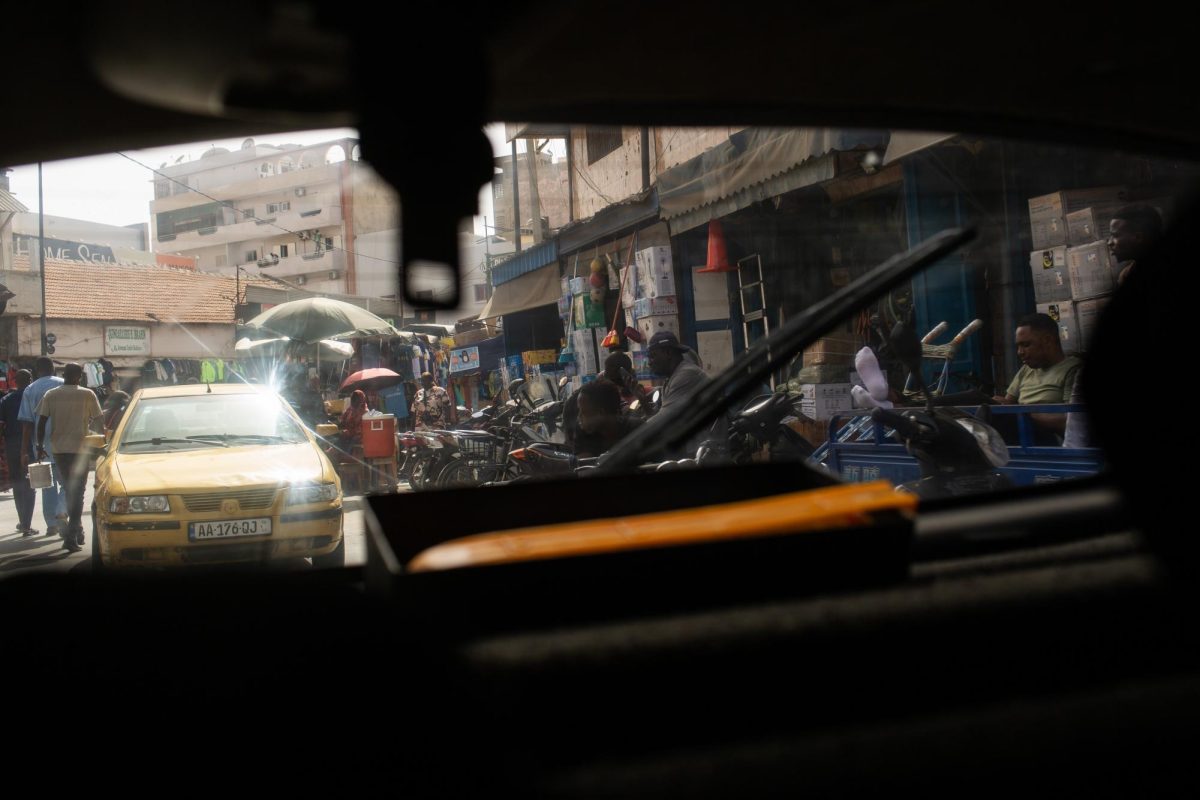
On the coastal outskirts of Dakar, fisherman shuffle onto vibrant wooden boats known as Pirogues, each one painted with a different style and meaning. They cast nets into the morning sea and return with fish sold in markets to supply Senegal’s pescatarian diet.
A short way off the mainland, the Ile de Goree poses ominously among decaying remains of French colonial settlements. A reminder of the French occupation that only ended in 1960. The Island was the last place many enslaved Africans stepped foot on before passing through “the Door of No Return” as they were shipped out to die over the Atlantic or face a life in enslavement in Western countries.
On those densely packed urban streets, there are no strangers. The French-speaking Senegalese are known for the spirit of ‘Teraanga,” a word from the traditional Wolof language that translates to generosity of spirit and hospitality. The people are quick to share belongings, open homes and provide food for others, a reflection of their collectivist society that has become part of the nation’s identity.
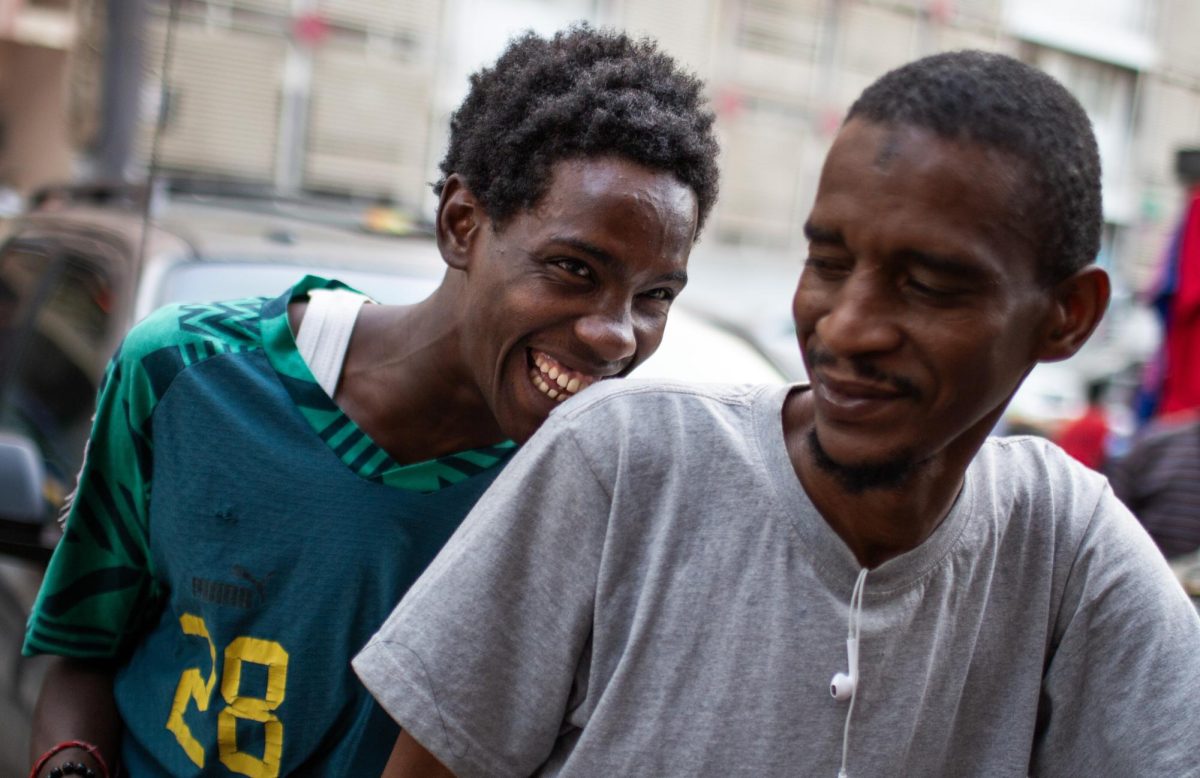
Traveling inland, the moderate coastal climate turns to a dry desert heat on a highway leading to the Great Mosque of Touba. In the spirit of Teraanga, Touba natives open their homes once a year to over 7000 pilgrims who travel to the grand Mosque in celebration of Amadou Bamba, the creator of the Islamic Mouride brotherhood and founder of Touba.
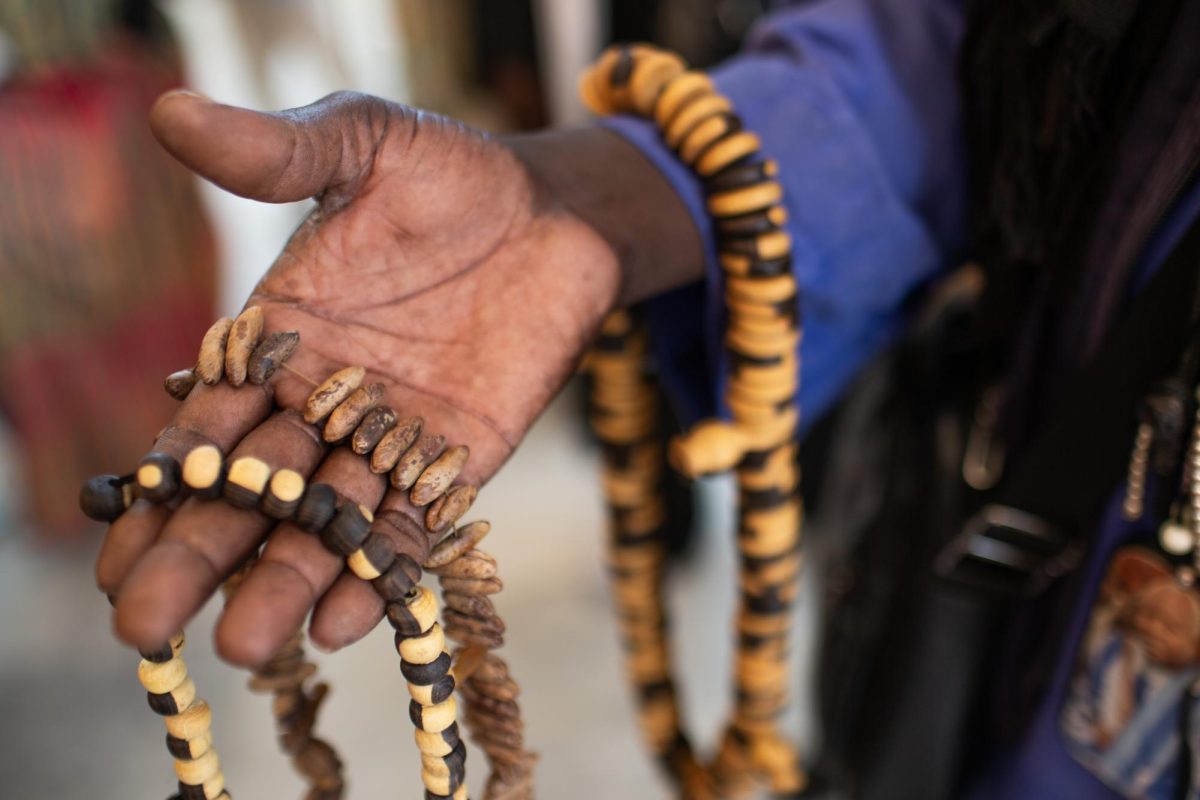
The Mouride’s are one of several Islamic ethnic groups that make up Senegal’s majority Muslim population. The religiously complex region shares space with catholic Christians, Muslim brotherhoods and traditional tribal belief systems. Yet Senegal has always maintained peace between its diverse ethnic populations, guided by a culture of togetherness and hospitality.
That ideology is reflected in the culture of its tumultuous political climate. Fresh off a contentious presidential election; Senegal’s majority youth population voted 44-year-old Bassirou Diomaye Faye into office out of 20 candidates, 9 days after his release from prison on charges of insurrection.
Incumbent president Macky Sall attempted to extend his leadership to a third term by postponing the March election indefinitely but was quickly met with public outcry from young Senegalese voters who felt their problems had not been answered.
“Africa’s number one problem is its leadership, and its number one resource is its youth,” said former Foreign Minister and director of the Institute for Pan-African Strategies Cheikh Tidiane Gadio. Over 60 percent of the population is under 25 and youth unemployment has quickly become one of the largest issues gripping the nation.
Unemployment is exacerbated by poor access to public education and a significant wage gap with a weak middle class according to Gadio. The Diomaye administration promises a future focused on increasing access to education and removing parasitic ties from developed countries that depend on Senegal’s resources.
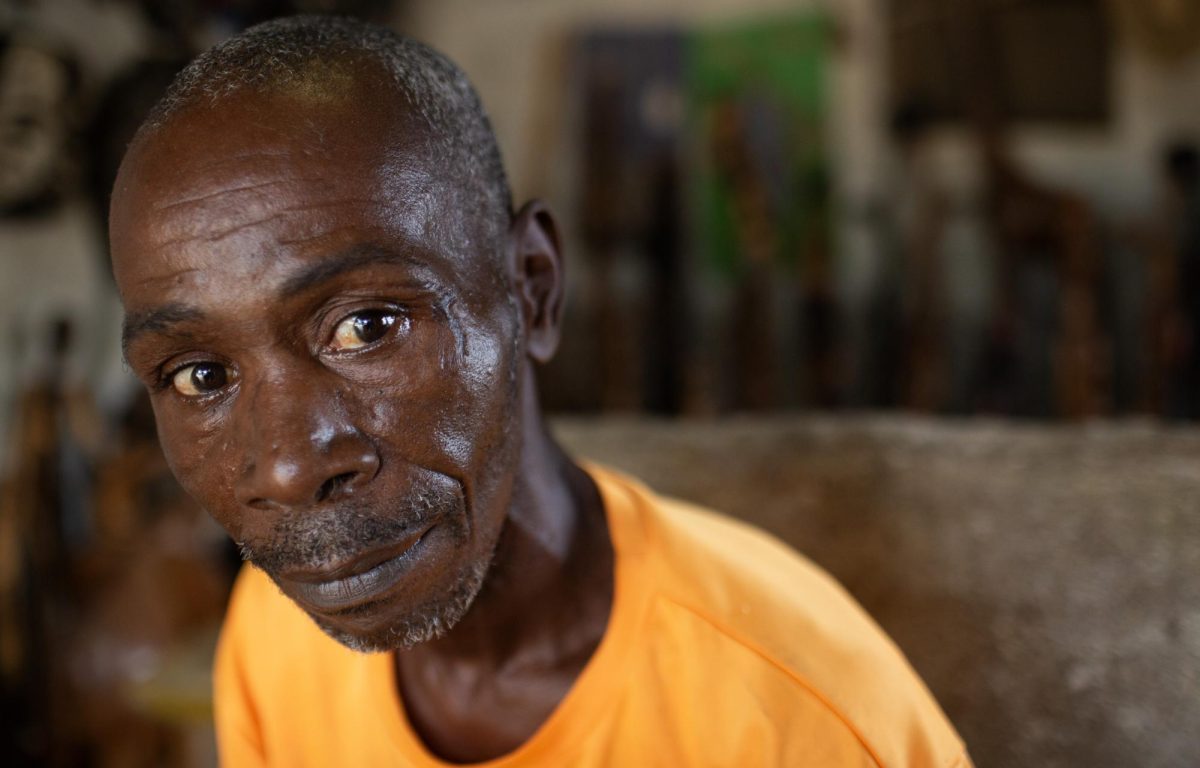
Diomaye envisions a Senegal that oversees its own wealth and destiny. Only a few months into his presidency, it is difficult to determine whether his ambitious policies will make that vision a reality.
A constant work in progress, Senegal develops quietly into its own independent power, and prepares for a new era of change according to West African Center for Research director Ousmane Sene. “This nation is made up of 10 different languages, 10 different religions, and 10 different ethnic groups, but we all still salute the same red, green, and gold.”
